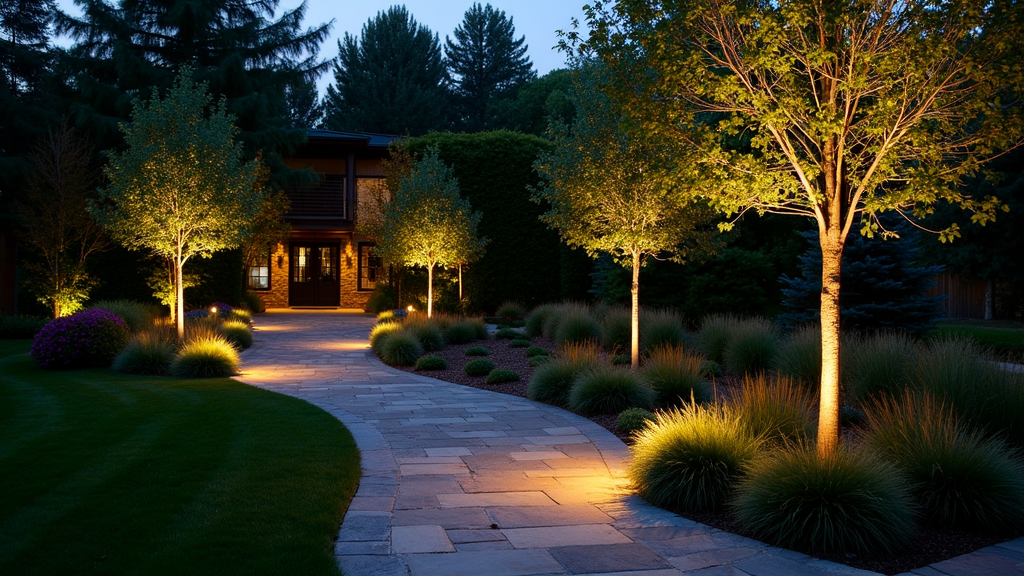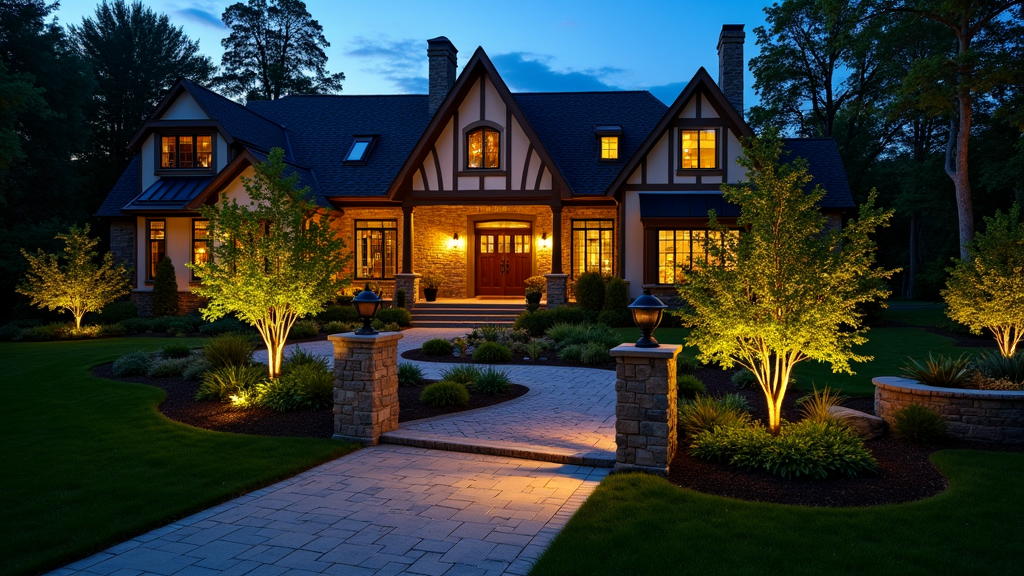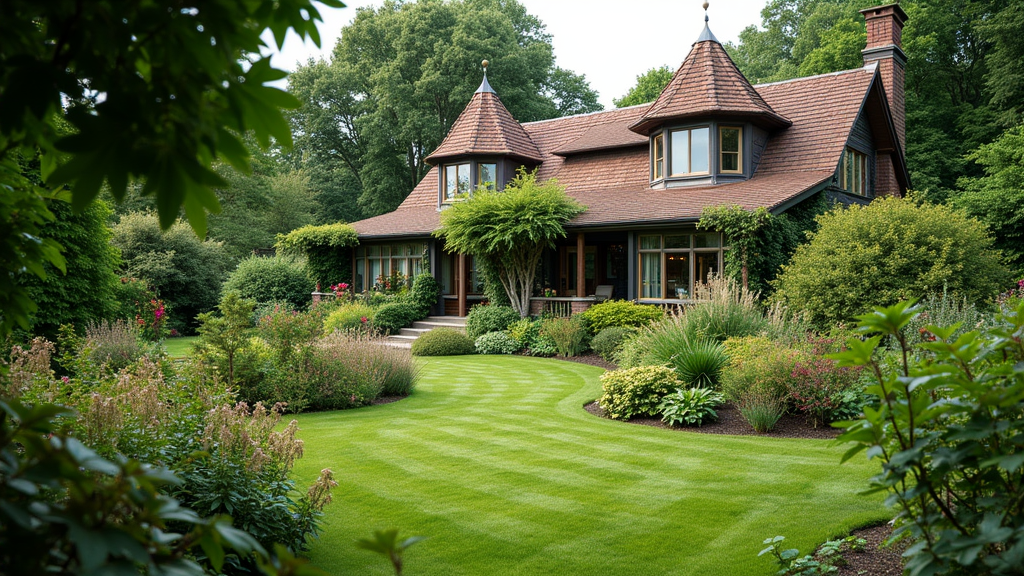Introduction
When it comes to making a first impression, your home's exterior is where it all begins. A well-thought-out landscape design not only enhances the beauty of your property but can also significantly increase its value. Whether you're looking to sell or simply want to enjoy a more inviting space, elevating your curb appeal is essential. In this article, we'll explore a variety of expert tips and ideas that will help you transform your outdoor space into a stunning visual feast.
What is Landscape Design?
Landscape design is an art and science that combines creativity with environmental stewardship. It involves planning and creating outdoor spaces in a way that enhances aesthetics while considering functionality, sustainability, and ecological balance. From selecting plants to arranging hardscapes, every element plays a crucial role in the overall impact.
Understanding Landscape Design North Carolina
In North Carolina, landscape design often reflects the region's unique climate and biodiversity. With its diverse ecosystems ranging from coastal plains to mountain ranges, the state offers various opportunities for creative landscaping. Understanding local flora and fauna can help homeowners make informed choices that thrive in their specific environment.
Why Elevate Your Curb Appeal?
Elevating your curb appeal goes beyond just looks; it adds value and comfort to your home. Here are several reasons why investing in landscape design is important:
- First Impressions Matter: Your front yard is the first thing visitors see. A well-maintained garden signals pride in ownership. Increased Property Value: A good landscape design can increase your property's market value significantly. Enhanced Outdoor Living: Beautiful landscaping creates an inviting space for relaxation or entertaining guests.
Essential Elements of Landscape Design
1. Understanding Your Space
Before diving into design plans, it's essential to assess your current landscape.
Evaluating Topography
Understanding the topography of your lot can help determine drainage patterns and plant placement.
Sunlight Exposure
Identifying areas with full sun versus shade will guide plant selection.
Soil Quality
Testing soil pH and nutrient levels allows you to choose plants that will thrive.
2. Choosing the Right Plants
Selecting plants that are both beautiful and suitable for your climate zone is key.
Native Plants vs. Non-Native Plants
Native plants generally require less maintenance and are more resilient to local pests.
| Plant Type | Benefits | |-------------------|--------------------------------| | Native | Low maintenance | | Non-Native | Can add unique aesthetic |
Seasonal Interest
Choose plants that provide visual interest throughout different seasons.
3. Incorporating Hardscapes
Hardscaping refers to non-plant elements like pathways, patios, and walls that enhance usability.
Pathways
Well-defined paths improve accessibility while guiding visitors through your garden.
Patios & Decks
These areas create outdoor living spaces for gatherings or quiet relaxation.
4. Focal Points in Design
Creating focal points draws attention and adds intrigue to your landscape.
Water Features
A pond or fountain can serve as both a visual centerpiece and a source of tranquility.
Statues & Artwork
Adding sculptures or decorative art pieces can further personalize your space.

5. The Role of Lighting
Proper lighting extends the usability of outdoor spaces after dark while enhancing safety.
Types of Outdoor Lighting
- String Lights: Great for creating ambiance. Spotlights: Highlight architectural features.
The Importance of Balance
Balancing light sources ensures no area appears overly bright or too dim, enhancing safety without detracting from aesthetics.
6. Sustainable Practices
Sustainable landscaping practices not only protect the environment but also reduce long-term costs.
Xeriscaping Techniques
Utilizing drought-resistant plants minimizes water usage without sacrificing beauty.

Composting
Using organic compost enriches soil health while reducing waste sent to landfills.

Tips for Effective Landscape Maintenance
Maintaining your landscape ensures its longevity and continued beauty over time:
Regular Pruning
Regularly trimming trees and shrubs encourages healthy growth while maintaining shape.
Seasonal Clean-Up
Spring clean-ups prepare gardens for growth while fall clean-ups prevent pests during winter months.
Frequently Asked Questions (FAQs)
Q1: How much does professional landscape design cost? A: Costs vary based on project size and complexity but typically range from $2,000 to $10,000 for residential projects in North Carolina.
Q2: Can I do my own landscaping? A: Absolutely! Many homeowners choose DIY landscaping; just ensure you research plant needs and design principles beforehand.
Q3: What are some low-maintenance landscaping options? A: Opt for native plants, xeriscaping techniques, and hardscapes such as gravel paths or stone walls for lower upkeep requirements.
Q4: How do I plan my garden layout? A: Start by sketching out zones based on sunlight exposure then research which plants thrive in those conditions before making final selections!
Q5: What's the best time for planting? A: Early spring or fall are ideal times for planting most perennials as they allow roots ample opportunity to settle before extreme temperatures set in!
Q6: How can I improve drainage in my yard? A: Consider adding French drains or rain gardens designed specifically for managing excess runoff effectively!
Conclusion
Elevating your curb appeal with expert landscape design tips isn't just about aesthetics—it's about creating an inviting atmosphere that enhances daily life while boosting property value! With careful planning—from assessing existing conditions through incorporating sustainable practices—you'll be well on your way toward achieving a stunning outdoor sanctuary tailored specifically towards enhancing both beauty & https://www.ramirezlandl.com/ function! Whether you’re located in North Carolina or anywhere else across America’s vast landscapes; embracing these strategies will surely reap rewards worth celebrating! So roll up those sleeves & get started today—your dream garden awaits!